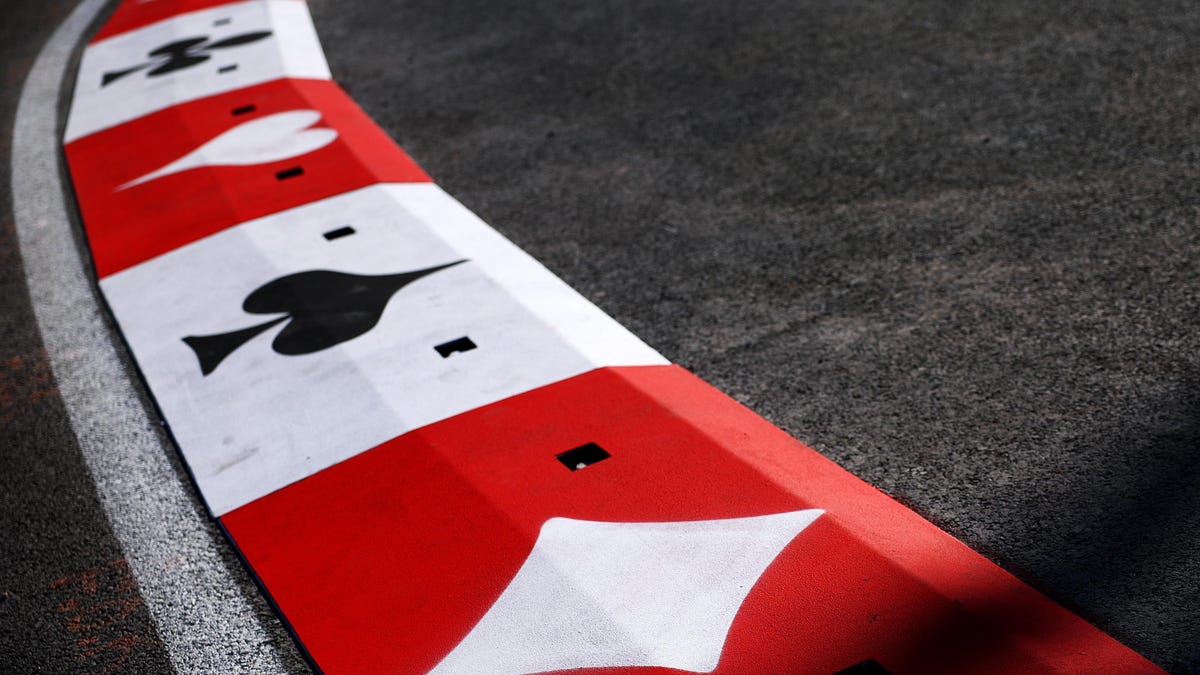Earlier this week, I was speaking to Magnus Greaves of RACEWKND magazine about his perception of the Las Vegas Grand Prix, and he pointed out something fascinating about the event: Somehow, the event has managed to piss off the ultra-rich, the poor, and plenty of the folks in between. It’s the perfect summation of an event that has placed all its bets in the wrong places.
A recent Associated Press column from Jenna Fryer has highlighted some of the biggest issues that have faced the inaugural event. Formula 1 viewership overall is down thanks to a dominant season by Max Verstappen and Red Bull Racing. Tickets still remain, and prices have dropped by up to 60 percent while hotel prices have plummeted; I’ve seen nightly rates for the weekend as low as $25 after fees and taxes. The buildup to the event was plagued by stories of F1 threatening to block windows of casinos and restaurants that overlooked the track unless those venues paid exorbitant fees, traffic nightmares for locals and tourists, and an absurd insistence that people would be willing to spend millions on race weekend ticket packages.
One of the most enlightening sections of Fryer’s article, though, come from a Liberty Media earnings call:
That investment was included in one-time costs Greg Maffei, president and CEO of Liberty, highlighted when Ben Swinburne of Morgan Stanley asked on the earnings call “are you guys still expecting this sort of approaching $500 million of revenue?”
“I think those revenue numbers approaching that (are) still a reasonable estimate on profitability,” Maffei replied. “We’ve seen some one-time and start-up costs that may have been larger than anticipated. But remembering how this is impactful to us, not only directly, but indirectly, this is a very profitable race for us. Once we get past some of these initial start-up costs … it will increase. Let’s be clear, this year, we optimize for being there, being on time and having a great race.
“That’s not to say we won’t have some of (those) objectives next year, but I think we’ll be able to optimize on other variables as well and increase profitability.”
Of course, first year spending is guaranteed to be higher than subsequent years. F1 has built a permanent paddock facility in Las Vegas, and its efforts to assemble grandstands and other viewing areas has been a trial by fire. But what will determine the longevity of this Grand Prix is F1’s ability to reevaluate the market and adjust accordingly.
The Las Vegas Grand Prix is F1’s first foray into promoting its own event, and its shows; a more local promoter likely would have had a better finger on the pulse of the city and the race’s prospective attendees. Perhaps it would have been more obvious that F1’s high-priced strategy wasn’t going to pay off in the form of sold out grandstands and ultra-expensive hotel stays.
As Greaves noted, F1 has somehow created an event that has enraged almost all of its target demographics. F1’s profile is growing in America, but it’s still not “spend $1 million on a swanky hotel to go to a race” big. Nor is it so big that an average race fan will be willing to shell out $2,500 for the cheapest three-day grandstand seat. Even the cheapest option, a $500 “general admission” ticket, featured no views of the track itself; instead, you’d hang out with a bunch of other F1 fans in a convention center and watch the race on TV. Yes, Formula 1 is popular — but it’s nowhere near that popular.
Formula 1 was overconfident in its analysis of American fans, but because the series allocated plenty of its tickets to series partners — which in Vegas includes the resorts charging exorbitant fees for race packages — it may not feel the financial strain as keenly as the partners and local businesses it has been working with. Regardless, it placed its bets in all the wrong places, and for the Las Vegas Grand Prix to survive into the future, it’ll need to rethink its entire strategy regarding this race.

